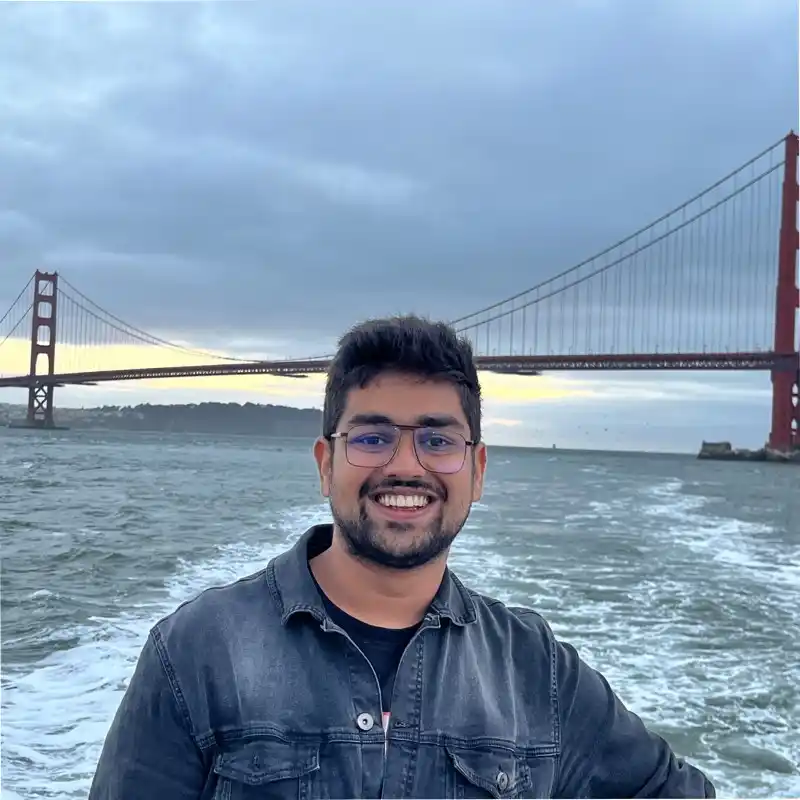How a Unified Data Platform helps in Data Democratisation across the Organisation

Check out OLake, our latest open source offering for replicating databases to lakehouses.
In today's digitised and hyper-connected world, we are witnessing the immense transformational power of data to make informed business decisions and drive change in real-time. Data is among the most valuable assets for every organisation.
A data-driven culture is a key to organisational success. In fact, 87% of business leaders claim that data insight is crucial to managing customer experience and operational efficiency in a digital environment.
Moving on, it is absolutely crucial that every individual in an organisation has an accurate and precise view of the data that defines their business. Gone are the days of having one or two analysts on board to translate data for the entire organisation.
Now, each employee needs access to business data to make smart decisions and respond quickly to what is happening in the industry.
That said, many organisations are still struggling to increase the number of people getting access to data in their everyday workflows. And this is where data democratization comes into the picture.
What is Data Democratization?
In simple words, data democratization means that each employee in an organisation has timely and equitable access to data to seamlessly conduct their jobs.
The goal of democratising data is to allow non-technical users to gather and analyse information without seeking any help from IT specialists. This way, anyone in the company can utilise significant insights to reveal exciting opportunities and accelerate decision-making.
Typically, data democratization helps businesses to address three crucial challenges:
- It allows employees to attain greater access to data and unlock new insights.
- It centralise all data to simplify the process of data searching for non-technical users.
- It provides easy-to-follow insights and analysis that end-users can understand and take necessary action.

How a unified data platform can help in Data Democratization?
A unified data platform can directly connect to multiple data sources, store the data, help in transforming and visualising the data, making it accessible to each and every stakeholder in the form required.
BI tools specialise in data visualisation and analytics that allows people to simplify raw data by converting it into an easily understandable format. With data management, even non-technical users can create visualisations in the form of dashboards and quickly discover insights that can drive meaningful business change.
Let's look at a BI dashboard to give you a better understanding of the tool.

This intuitive and interactive dashboard visualises the sales KPIs, just at a glance you see the following:
- The sales funnel, which can be further filtered both for specific location and time period
- The different sub-categories of different product category sales
- Many more KPIs like total leads and total sales.
Why Does Your Company need a unified data platform?
Gather Critical Data Insights with Zero Coding Skills
One of the significant advantages of a unified data platform like Datazip is its easy-to-use and highly intuitive user interface. Thanks to this interface, both technical as well as non-technical analysts can quickly create visualisations and perform data analysis.
Data analytics is as easy as using a drag-and-drop feature. The simplicity eradicates all barriers for users to perform advanced analytics such as regressions, statistical summaries, and trend analyses.
Democratise Data with Dashboards
The feature of dashboards enables users to gather data from multiple sources and present them in visually appealing graphs and charts to demonstrate the company's strategies and processes.
These interactive dashboards can easily be augmented with data from various applications across the organisation. This includes applications like Excel, SQL Server, Amazon Redshift, and many more.
Thus, these dashboards help to simplify all data operations and uncover crucial insights to speed up decision-making. And owing to the simplicity of these dashboards, all business employees can easily create them, thus ensuring the democratization of data.
Illustrate Stories with Advanced Data Visualisation
Data visualisation is the graphical representation of data using visual components such as graphs, charts, maps, etc. to provide an easy way to view and understand trends and patterns in data.
With effective visualisation, even non-technical users can understand why specific trends are occurring. They can understand the context behind the trends and see clearly how decisions relate to outcomes. This incredible ability of a unified data platform to translate data into interesting narratives is what sets it apart from other tools such as Excel.
Startups Need Analytics Data Stack, Not Just Dashboards
If you are interested to understand how your data can give you a competitive advantage, improve customer satisfaction, optimise your ad spending, or increase revenue, do schedule a demo with us with this link
